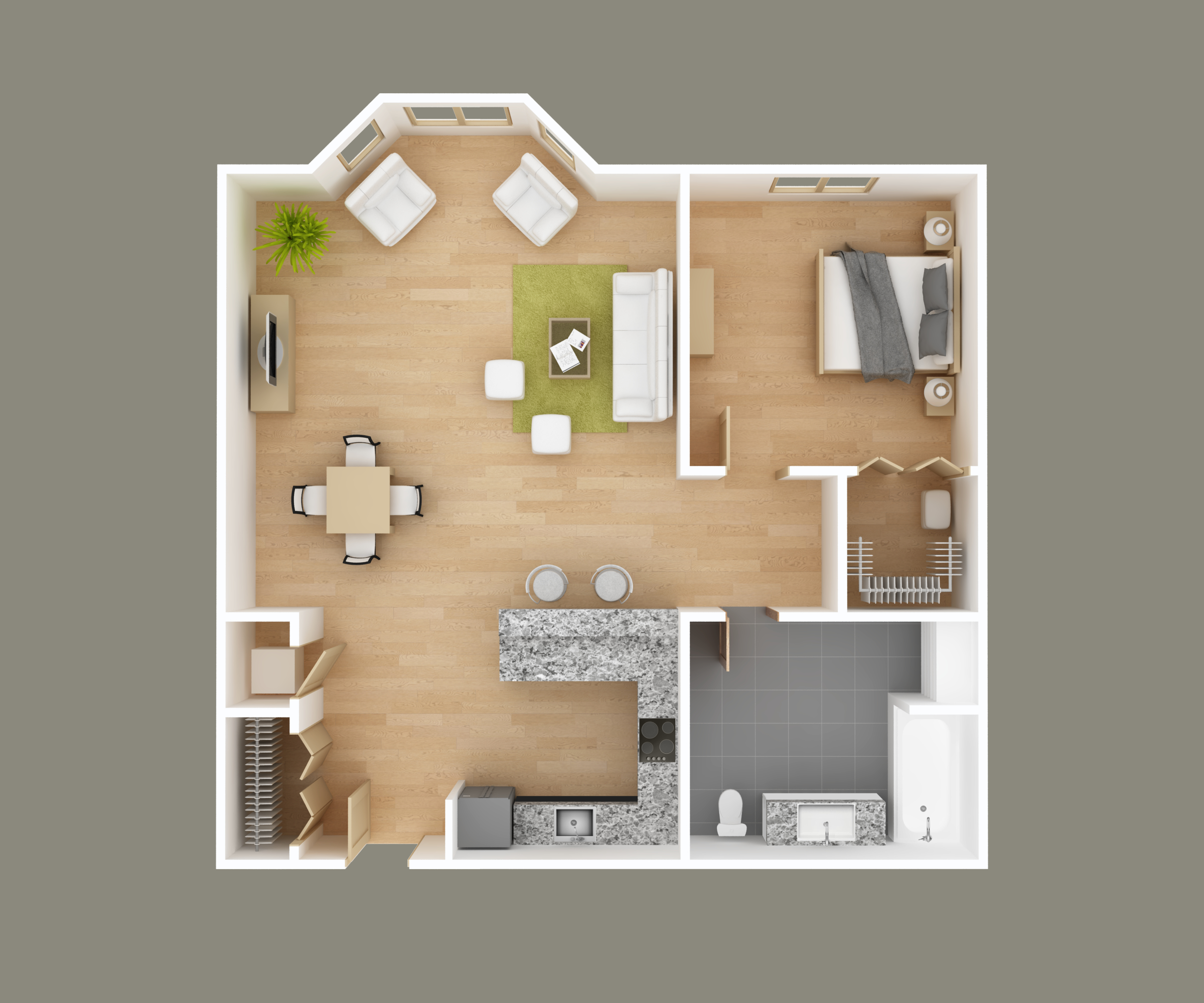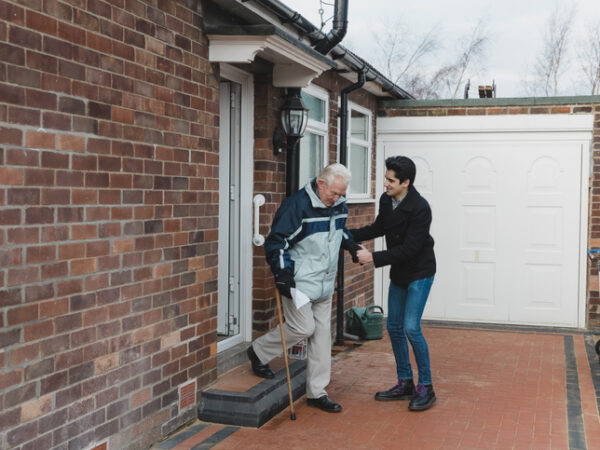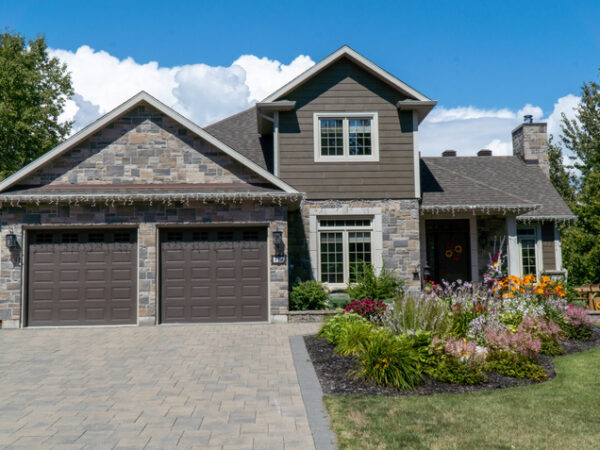We hear a lot about older adults wanting to “age in place,” remaining at home for as long as possible rather than move into a retirement community. To remain living independently, seniors may need some accommodations made to their homes or help with household tasks but a new study found that the style of home older adults live in also plays a significant role in reducing the need for a move into a nursing or retirement home.
According to a recent Reuter news report, researchers at Johns Hopkins University in Baltimore and Lund University in Sweden have collected data related to the environment aging adults live in and how aging in place can be better supported. The 4-year study, published in the Journals of Gerontology series b, helps to pinpoint what modifiable home environments lead to a move into assisted living for older adults and what changes could be made to help seniors continue to age in place if that is their wish.
Chief among the factors that instigate a move into long-term care is the accessibility of a living space for older adults. A single-story house or a home with a kitchen, bedroom and bathroom all on one floor was most strongly linked with the ability to age in place successfully. Homes with elevators or stair lifts were also an advantage for seniors wanting to remain in their current residence. In addition, the study found that the longer seniors had lived in their current home, the less likely they were to make a move into assisted living at all.
Because accessibility is so important for older adults to be able to age in place, which is the desire of most seniors, designing homes that accommodate the needs of the owners as they grow older is increasingly important in a rapidly aging population. Whether modifying an existing home or building homes that grow with the needs of aging adults, understanding what features are most important to prevent relocation will help to allow seniors to remain safely at home in old age.
Besides living on one level, older adults can also benefit from implementing fall prevention strategies around the home. Better lighting, removing trip hazards such as throw rugs, clutter and cords and installing grab bars in bathrooms are all helpful in preventing injuries and improving accessibility for seniors living at home. Learn more about home safety under the Toolkit tab on The Oldish homepage.






Add Your Voice
0 Comments
Join the Discussion